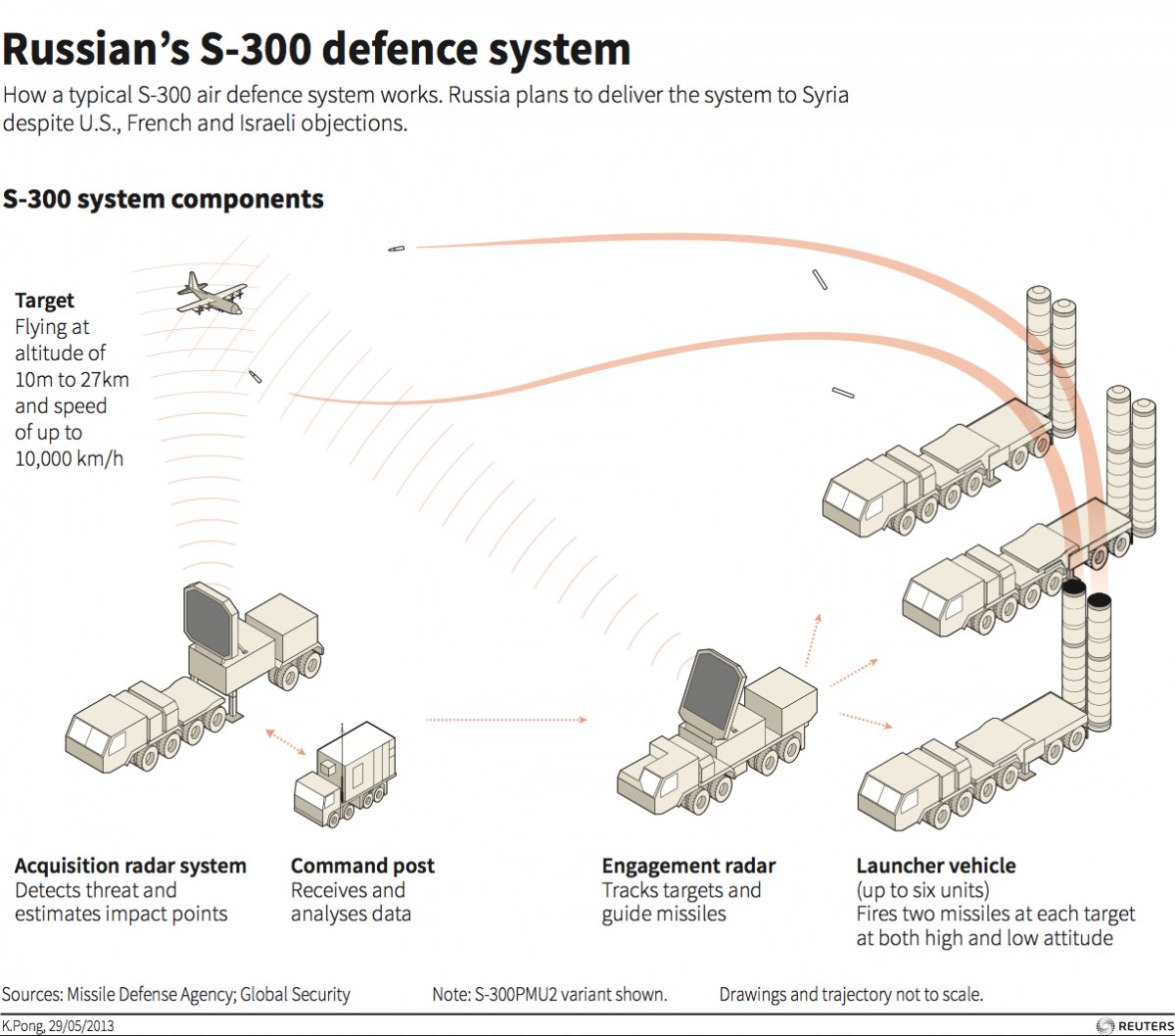
Attacks on Shiites in Afghanistan have surged recently with 77 Shiites kidnaped from five buses over the last eight weeks.
The kidnapings are further evidence of the growing animosity for Shiites across the Sunni world.
In Afghanistan, such bias was the norm in past centuries, but the sudden spate of kidnapings underlines a reversion to violent treatment of the country’s Shiite minority.
In Afghanistan, most of the Shiites are members of the Hazara ethnic minority, which comprises 15 percent to 20 percent of the population and is concentrated in the middle of the country.
It is widely assumed that the kidnapings are being carried out by bands of Taliban rebels who are shifting their allegiance to the Islamic State. Both the Taliban and the Islamic State are staunchly anti-Shia and boast of violent acts against Shiites. The Taliban have been less violent in practice since 2001 when they were ousted from power in Afghanistan and have since focused more on attacking western forces and Afghan government troops.
The Islamic State, on the other hand, has made violence against non-Sunnis, chiefly Shiites and Christians, a hallmark of its activity.
The hazara.net website reports five mass kidnapings from buses in the last eight weeks in four provinces. The kidnapers have boarded the buses and checked the passengers’ ID cars, then forced the male Shiites to go with them. Some have subsequently been freed, but the website says 77 are missing.
The kidnapings are notable for being widely scattered, suggesting a single band is not behind the attacks. Three attacks have been in two adjoining provinces in the south, Ghazni and Zabul. One has been in Sar-e Pol province in the far north and the fifth in Herat province, which adjoins Iran.
The first such attack was February 24 and the most recent on April 1.
Throughout much of the 19th and 20th Centuries, successive Pashtun-led regimes in Afghanistan targeted the Hazaras, the country’s third-largest ethnic group. They were routinely humiliated and frequently killed outright. Uprisings were harshly crushed. Their religious leaders were jailed. Most Hazaras languished in poverty and were limited to menial jobs.
The Taliban upped the ante during their rule and reportedly carried out mass executions of Hazaras.
Since the Taliban regime was toppled in late 2001, however, the Hazaras have experienced something of a communal rebirth. Many returned from exile in Iran. A new generation entered universities and later found jobs with the United Nations and international firms and aid agencies. Economically, many flourished. Politically, they gained more clout.
Attacks against them had grown rare in the first decade of the 21st Century. But in 2011, a suicide bomber in Kabul killed 56 Shiite worshipers, mostly Hazaras, on the Shiite holy day of Ashura. Last year, gunmen in central Ghowr province executed 15 Hazara civilians traveling in a minibus. Now mass kidnapings on the highways have begun.
The Taliban’s central command has denied responsibility for the abductions. But the insurgency has become increasingly disjointed, with many Taliban factions acting on their own, The Washington Post reports. Some have become so disgruntled that they have aligned themselves with the Islamic State to gain funds and prominence, according to US military officers.
For many Hazaras, the new spate of attacks against them reflect the vanishing US and international military presence. The abductions unfolded on major highways in areas once patrolled by foreign forces. With far fewer international troops, Afghanistan’s security forces are straining to fill the gap. Growing portions of the country are unpoliced.
So far, there have been no public demands from the kidnapers.























